Vacation Packages to Wadi Rum
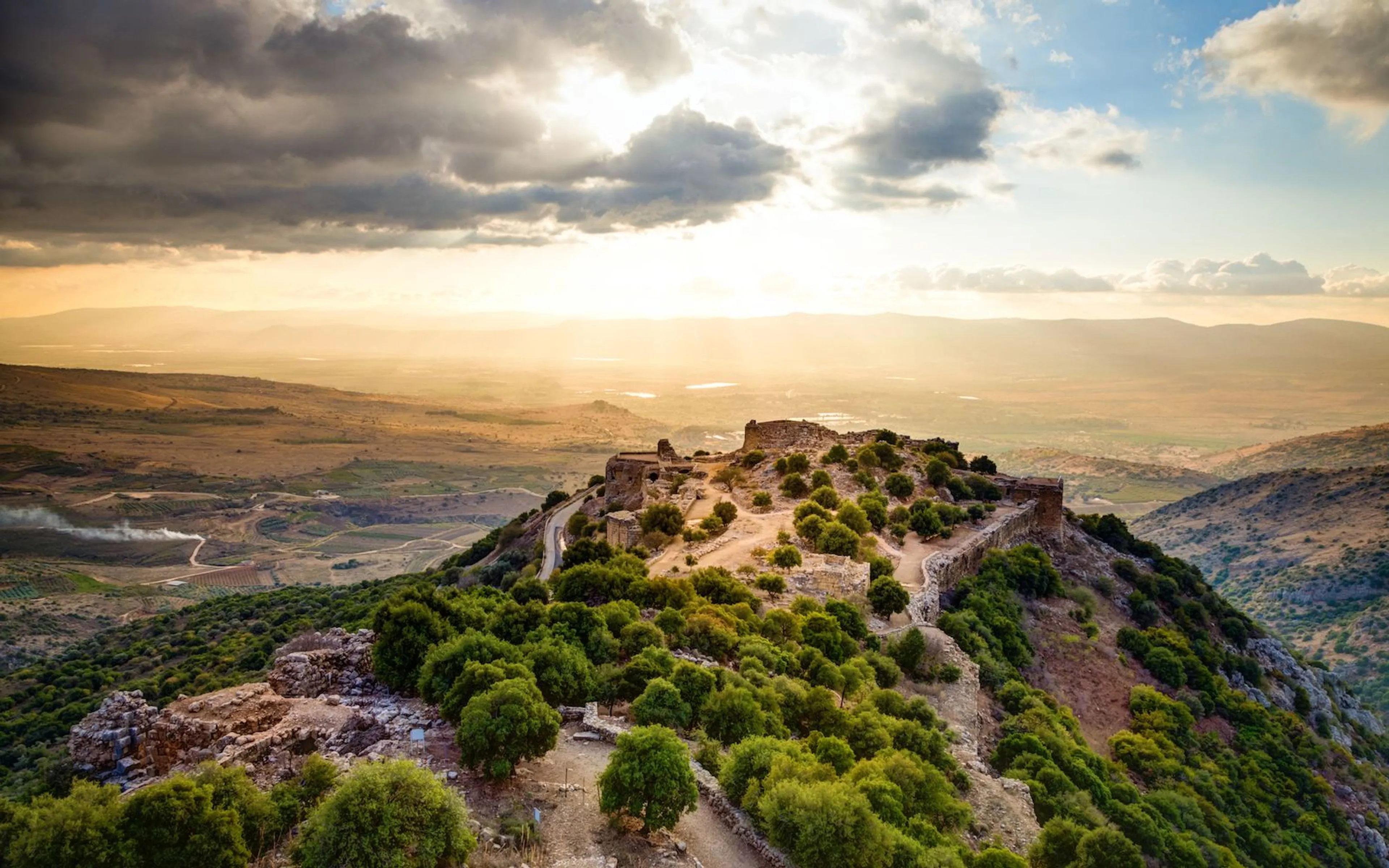
Customize it!
ISRAEL & JORDAN COMPLETE
Tel Aviv, Jerusalem, Caesarea, Nazareth, Petra, Amman and more.
English
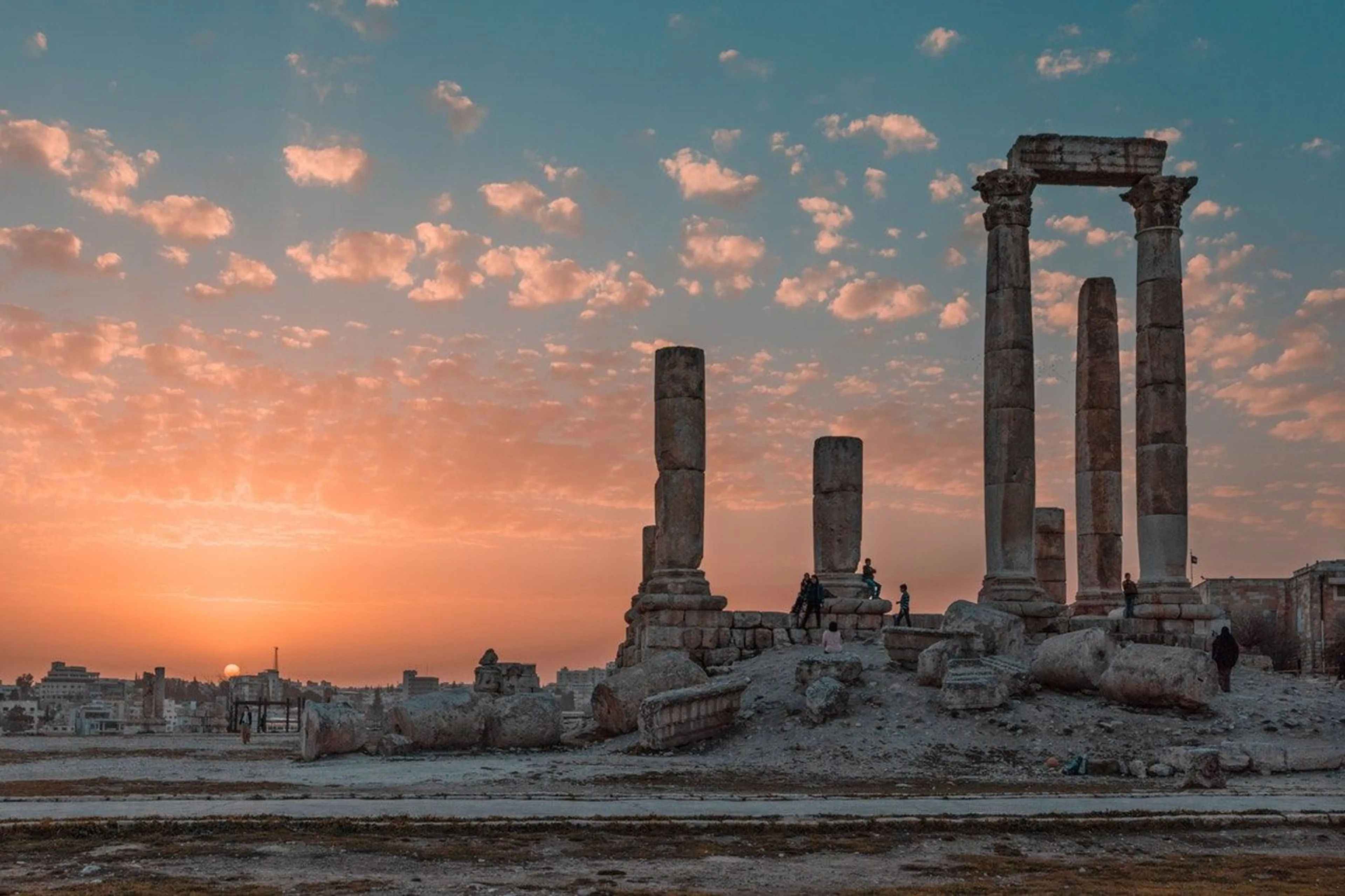
Customize it!
TOTAL JORDAN
Amman, Madaba, Petra, Wadi Rum, Aqaba, Jerash, Dead Sea and more
English
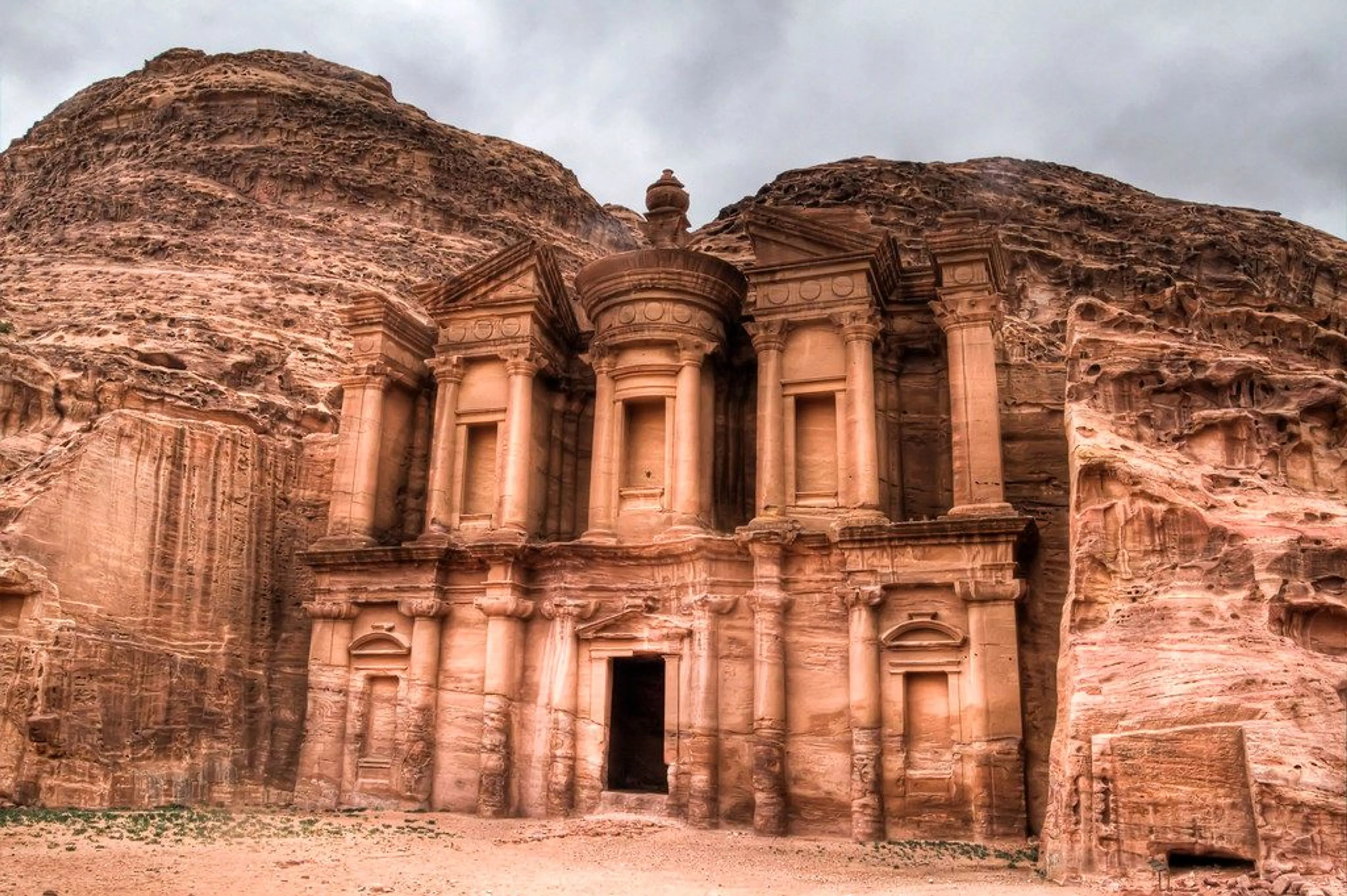
Customize it!
GREAT JORDAN
Amman, Madaba, Mount Nebo, Shawbak, Petra, Wadi Rum, Aqaba, Jerash, Dead Sea and more
English
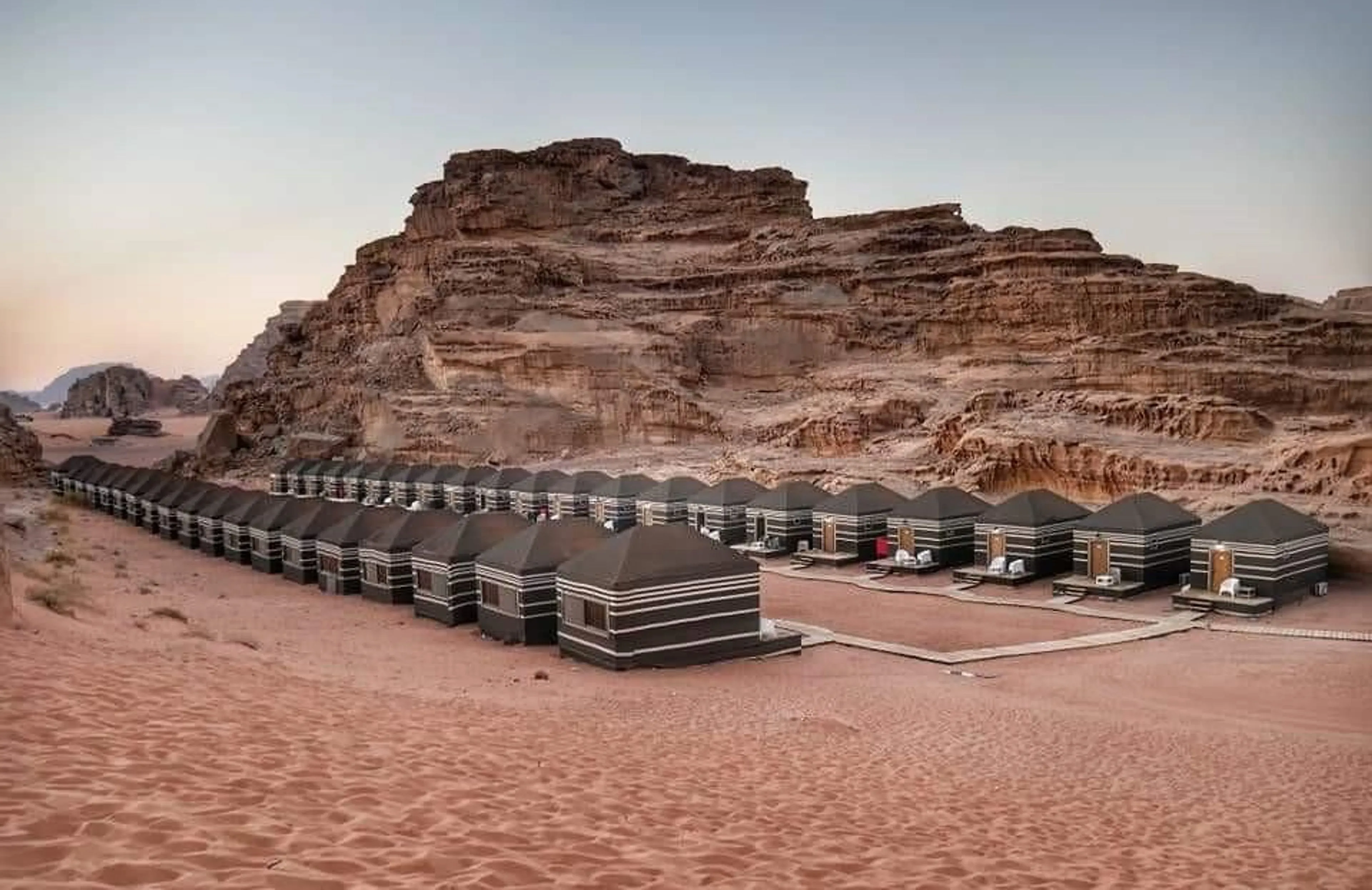
Customize it!
MOSES AND THE PINK CITY
Amman, Madaba, Mount Nebo, Shawbak, Petra, Wadi Rum, Aqaba and much more
English
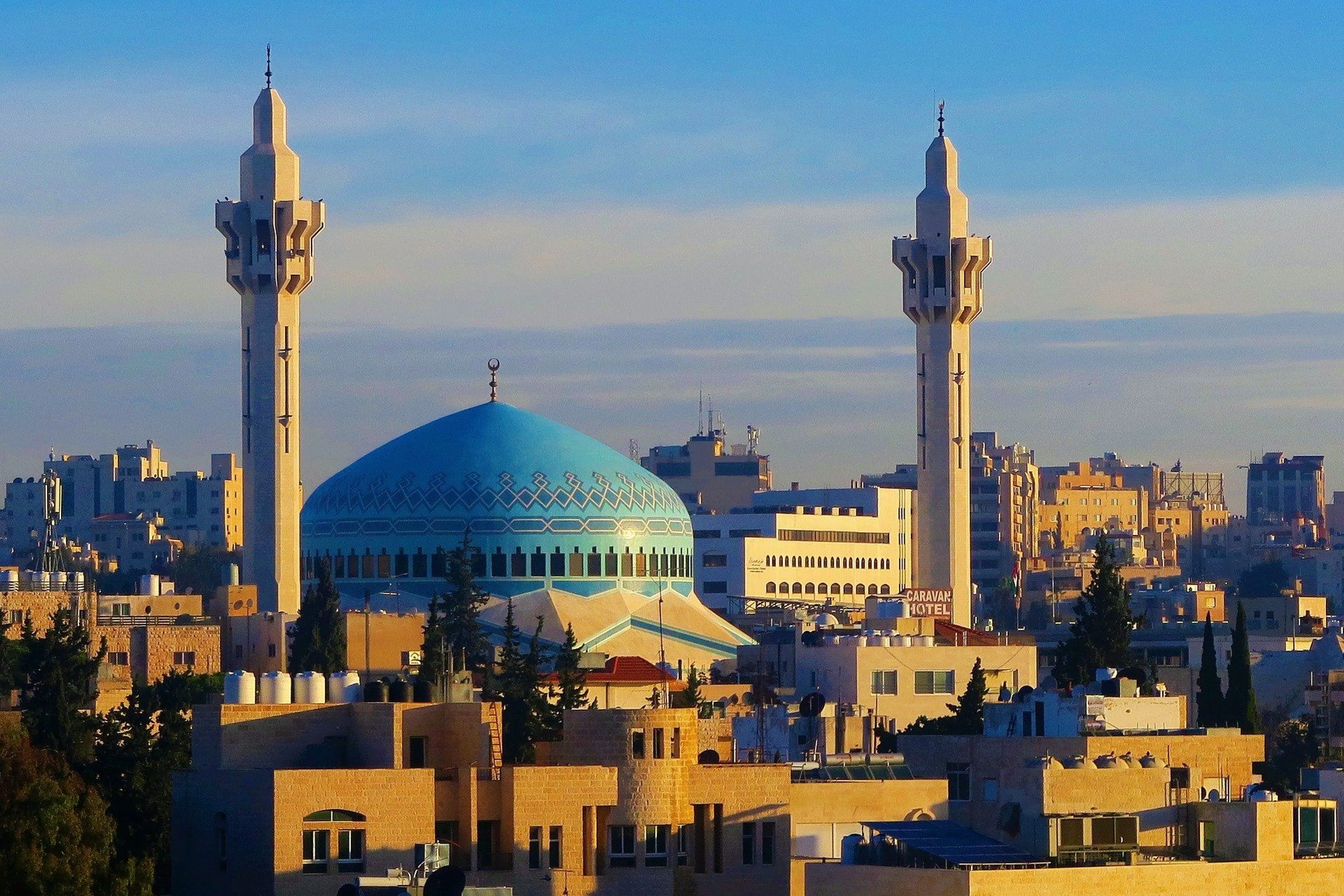
Customize it!
FANTASTIC JORDAN
Amman, Madaba, Mount Nebo, Shawbak, Petra, Wadi Rum, Aqaba, Jerash, Dead Sea and more
English
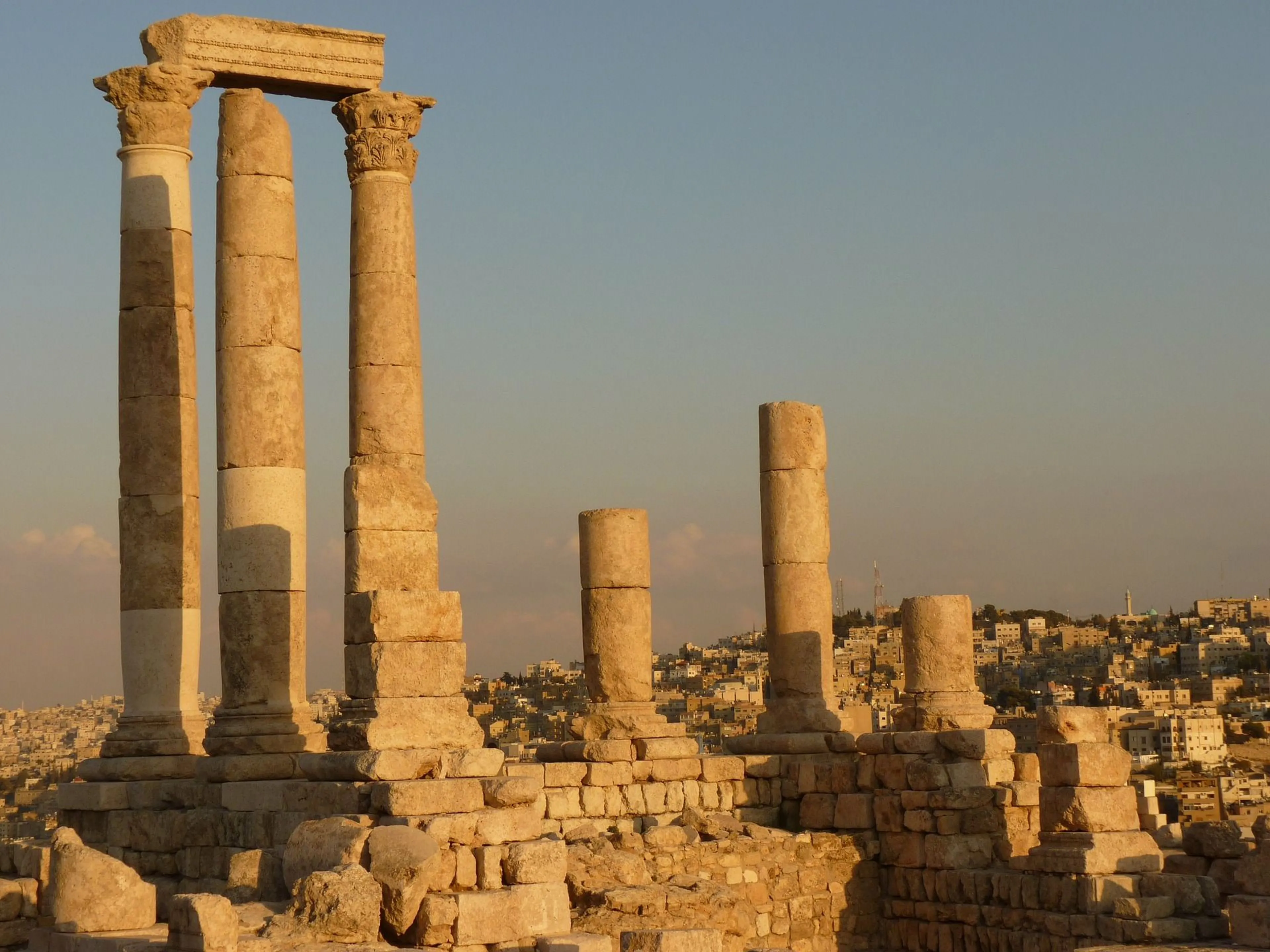
Customize it!
MOSES
Amman, Jerash, Ajloun, Dead Sea, Madaba, Mount Nebo, Petra Wadi Rum, Aqaba and much more
English
Customize your package
Select from our wide variety
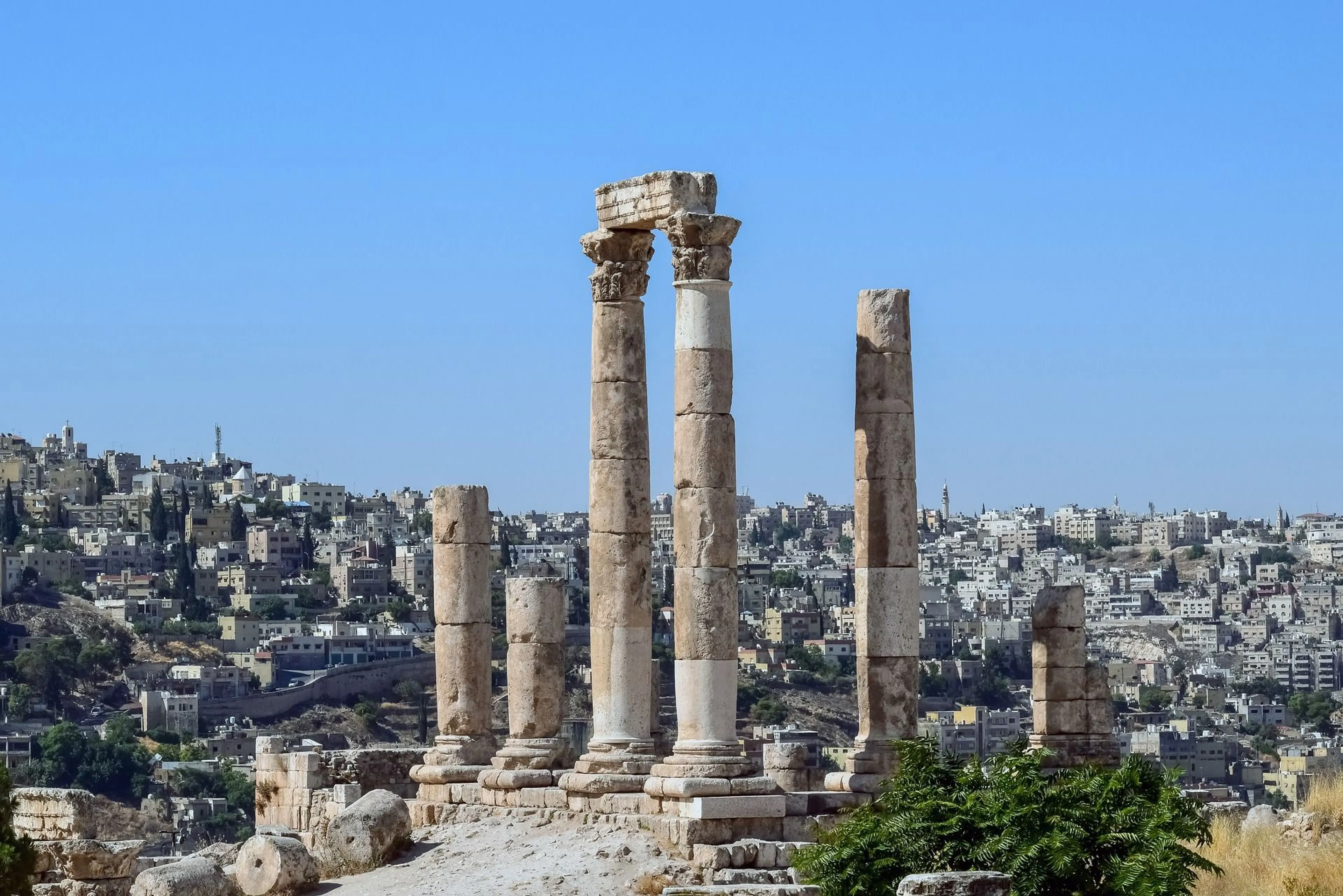
Customize it!
JORDAN, AQABA & DEAD SEA CLASSIC TOUR
Amman, Jerash, Ajloun, Dead Sea, Madaba, Mount Nebo, Petra, Wadi Rum, Aqaba and much more
English
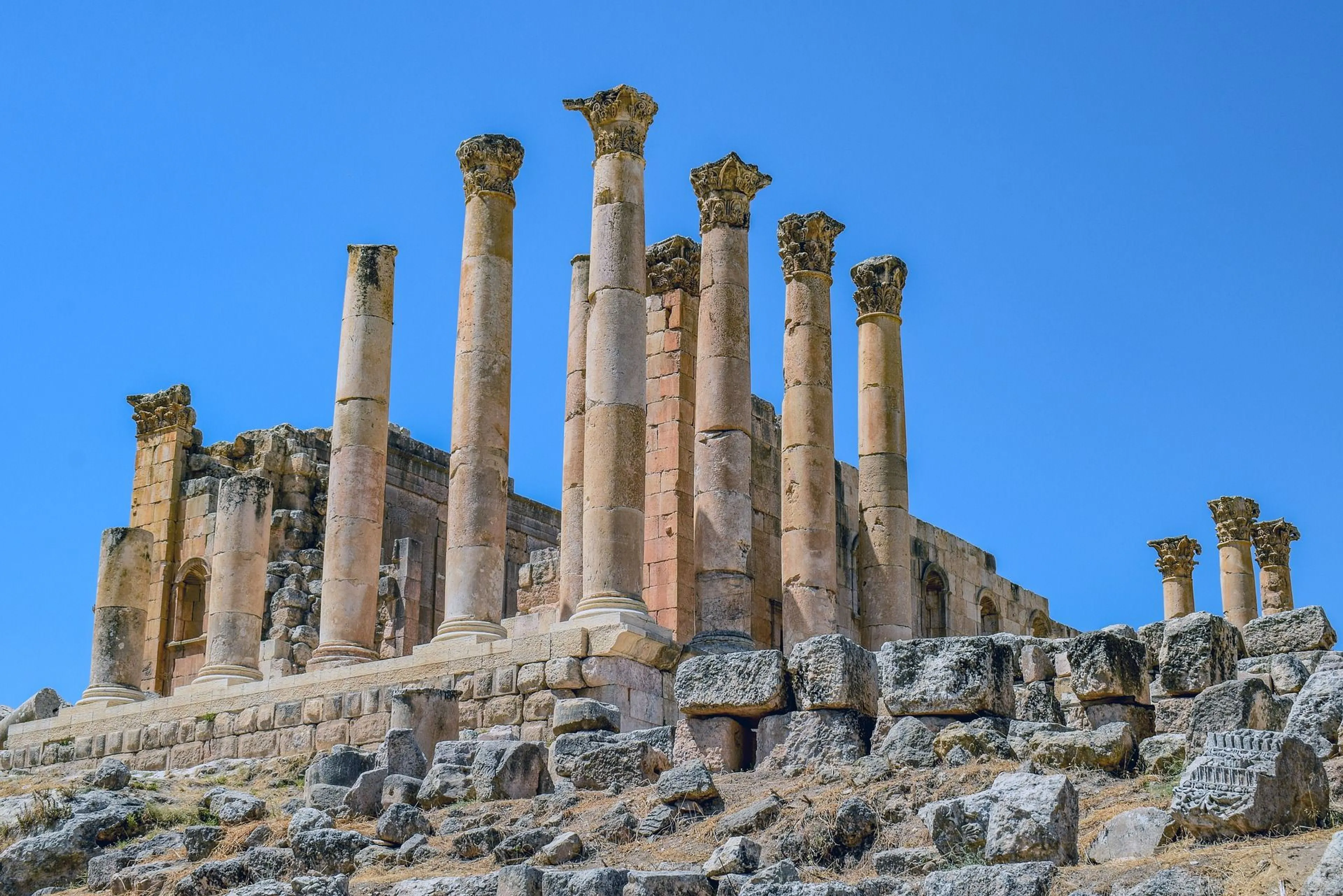
Customize it!
CLASSICAL JORDAN & WADI RUM
Amman, Jerash, Ajloun, Dead Sea, Madaba, Mount Nebo, Petra, Wadi Rum and much more
English
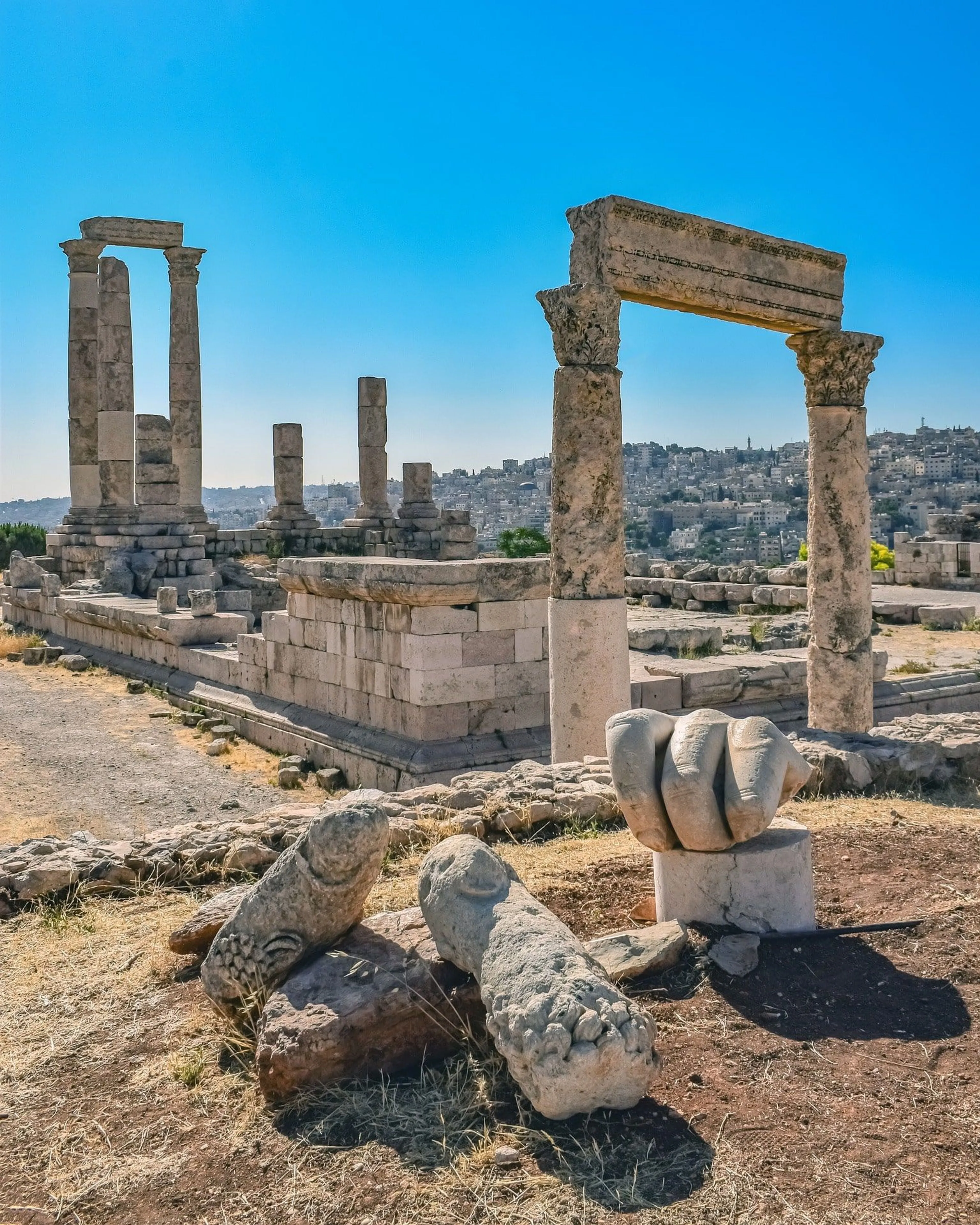
Customize it!
JORDAN CLASSIC CIRCUIT
Amman, Jerash, Ajloun, Dead Sea, Madaba, Mount Nebo, Petra Wadi Rum, Aqaba and much more
English
General Information About Wadi Rum
Wadi Rum, also known as the Valley of the Moon, is a desert valley in the southern part of Jordan.
The area is characterized by its stunning red sandstone rock formations, towering cliffs, and vast expanses of sand dunes. It has been inhabited by various cultures for thousands of years, and has been home to the Bedouin people for centuries.
The Wadi Rum Protected Area covers an area of 720 square kilometers, and is managed by the Aqaba Special Economic Zone Authority. It is recognized as a UNESCO World Heritage Site, due to its unique natural and cultural features.
Wadi Rum has also been the location for numerous films, including Lawrence of Arabia, Prometheus, and The Martian. It is a popular destination for tourists who want to experience the desert landscape and learn about the history and culture of the Bedouin people.
Visitors can go on guided tours by 4x4 vehicles, camel, or on foot, and can also spend the night in Bedouin-style campsites. The best time to visit Wadi Rum is between March and May, or between September and November, when the weather is cooler and more pleasant.
Sites of Interest in Wadi Rum
There are many sites of interest to explore in Wadi Rum, each with its own unique natural beauty and historical significance. Here are a few of the most popular sites to visit:
- The Seven Pillars of Wisdom: These towering rock formations were named by T.E. Lawrence (also known as Lawrence of Arabia), and are said to have inspired the title of his book of the same name.
- Lawrence’s spring: This natural spring is named after T.E. Lawrence, who is said to have drunk from it during his time in the area.
- Khazali Canyon: This narrow canyon is home to ancient inscriptions, believed to be over 2,000 years old.
- Jebel Umm Ad Dami: This is the highest mountain in Jordan, standing at 1,854 meters (6,083 feet) tall.
- The Red Sand Dunes: These stunning sand dunes offer an incredible view of the desert landscape, particularly during sunrise and sunset.
- The Burdah Rock Bridge: This natural rock bridge is one of the most popular spots for rock climbing in Wadi Rum.
- The Alameleh Inscriptions: These ancient rock carvings, believed to date back to the 4th century BCE, depict hunting scenes and inscriptions in the Nabatean and Thamudic languages.
Visitors to Wadi Rum can explore these sites and more by hiring a local Bedouin guide, who can offer insight into the history and culture of the area.
Typical Food and Drinks of Wadi Rum
Wadi Rum is known for its stunning sandstone formations, unique landscapes, and ancient history. The traditional cuisine of Wadi Rum reflects the Bedouin culture and nomadic way of life, and typically includes simple, hearty dishes made with locally-sourced ingredients.
A typical food of Wadi Rum is Zarb. This is a traditional Bedouin method of cooking meat, vegetables, and rice in an underground pit oven. The food is slow-cooked over hot coals for several hours, resulting in tender, succulent meat and flavorful vegetables.
Also, a popular dish is Mansaf. This is a traditional Jordanian dish, typically made with lamb, yogurt sauce, and rice. The lamb is slow-cooked in a yogurt-based sauce, and served over a bed of rice.
As for drinking, a very typical option is Tea. Tea is a staple drink in Wadi Rum and is often served in small glasses with fresh mint leaves. Bedouins are known for their hospitality, and it is customary for them to offer tea to visitors as a sign of welcome.
Also, if you want to try something traditional, you should try Laban. This is a popular drink made from yogurt, water, and salt. It is a refreshing beverage, especially in the hot desert climate.
To finish, don’t leave Wadi Rum without trying Bedouin bread. This is a simple, flatbread made from flour, water, salt, and yeast. It is often cooked over an open fire and served with zaatar (a Middle Eastern spice blend) and olive oil.
And some others must be Dates. Dates are a popular snack in Wadi Rum and are often served with tea. They are also used in many traditional desserts, such as maamoul (a sweet pastry filled with dates).
Overall, the cuisine of Wadi Rum reflects the simple, rugged lifestyle of the Bedouin people and the harsh desert environment. The food is hearty, flavorful, and designed to sustain travelers through long journeys in the desert.
Festivals of Wadi Rum
There are several festivals and events that take place in and around Wadi Rum throughout the year, including:
- Wadi Rum Desert Challenge: This is an annual off-road race that takes place in the Wadi Rum desert. The event includes several categories of races, including motorcycles, quads, buggies, and 4x4 vehicles.
- Wadi Rum Music Festival: This is an annual music festival that takes place in the Wadi Rum desert.
- The festival features local and international musicians, and includes a variety of genres, such as jazz, classical, and traditional Arabic music.
- Wadi Rum International Film Festival: This is an annual film festival that takes place in Wadi Rum.
- The festival showcases films from around the world, with a particular focus on films that highlight the natural beauty of the desert.
- Jordan Trail Ultra: This is an annual ultra marathon that takes runners through some of Jordan’s most stunning natural landscapes, including Wadi Rum.
- Traditional Bedouin Celebrations: There are several traditional Bedouin celebrations that take place throughout the year in and around Wadi Rum. These events include weddings, Eid al-Fitr, and Eid al-Adha, and often involve music, dancing, and traditional Bedouin cuisine.
These festivals and events offer visitors the opportunity to experience the unique cultural and natural heritage of Wadi Rum and the surrounding region.
How Is the Culture in Wadi Rum?
The culture of Wadi Rum is strongly influenced by the Bedouin people who have lived in the region for centuries. Bedouins are nomadic people who traditionally moved from place to place in search of food, water, and grazing land for their livestock. As a result, the Bedouin culture is based on self-sufficiency, resourcefulness, and a strong sense of community.
The Bedouin people of Wadi Rum have their own unique customs, traditions, and way of life. They are known for their hospitality and generosity, and visitors to the region are often welcomed with tea and traditional Bedouin bread. The Bedouin way of life is closely connected to the natural environment, and they have developed a deep understanding of the desert landscape and its resources.
Traditional Bedouin clothing includes a long, flowing robe called a thobe, and a headdress called a keffiyeh, which is often held in place by a black agal. Bedouin women wear colorful dresses, and their faces are often adorned with intricate tattoos.
The Bedouin culture places a high value on storytelling, poetry, and music. Traditional Bedouin music is played on instruments such as the rababa (a stringed instrument), the duff (a small drum), and the mijwiz (a type of flute). Bedouin poetry often focuses on themes of love, honor, and bravery, and is passed down through generations.
Today, the Bedouin way of life is changing as more people settle in permanent homes and rely less on traditional nomadic practices. However, the Bedouin culture remains an important part of the identity of the people of Wadi Rum and the surrounding region, and is still celebrated through traditional festivals, music, and other cultural practices.
What to See and Do in Wadi Rum
Wadi Rum stands out for its incredible history and its wonderful landscape.
In turn, due to its proximity to Amman y Aqaba, many travelers combine their trip to Wadi Rum with these destinations, which is why you will find these sites in several of our offers.
Are you looking to marvel at the most incredible landscapes? Do you want to know about a fascinating culture? Do you want to taste exquisite cuisine?
If your answer is "yes", in Greca we have several proposals for tourist packages to Wadi Rum, which you can modify and adapt according to your needs and times.
There are travel packages for all tastes. Choose your own adventure according to your needs!
01How much does it cost to eat in Wadi Rum?
This will depend on the type of trip you want to make, as there are offers for different budgets. For a modest budget, the cost of a meal is from 5 to 10 Jordanian Dinars.
02Which month is cheapest to travel to Wadi Rum?
The low season of Wadi Rum is from November to February.
03What are the requirements to visit Wadi Rum?
You must have a 6-month passport to enter Wadi Rum.